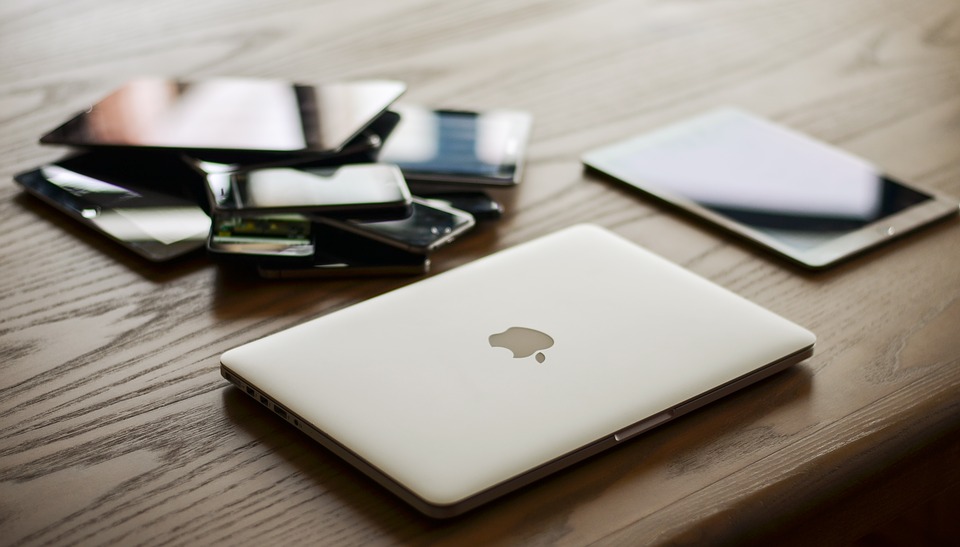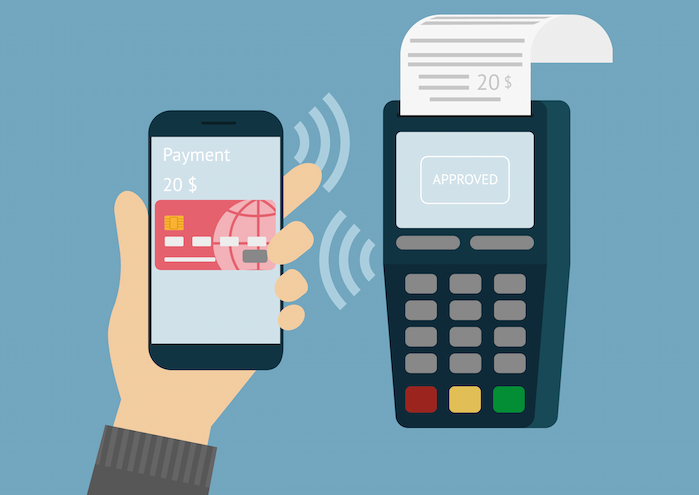Most, if not all, students are familiar with the acronym BYOB (Bring Your Own Booze). When attending a social gathering, guests are invited to bring a beverage of their choice for their own consumption. BYOD is a similar concept, which stands for ‘Bring your own device’. In simple terms, this means allowing employees to bring and use their own devices to work.
What are the benefits?
With flex working becoming more and more popular, providing (new) portable devices to employees requires a large investment from companies. This is especially difficult for small to medium enterprises. Allowing employees to use their own devices, saves companies both purchasing and maintenance costs. Research from Cisco (2013) suggests that BYOD can save up to thousands of euros per employee each year. Another benefit would be that since employees are comfortable using their own device, employee satisfaction and productivity will likely increase. It also saves them the effort to carry around multiple devices.
Bring Your Own Disaster?
This concept also brings its fair amount of challenges. As you can imagine, BYOD stretches the capabilities of the IT department of companies, that will now have to manage many different devices. This is especially difficult when it comes to security, as IT would have to put different security systems in order depending on the type of operating system they are dealing with. Next to that, systems must be put in place for situations such as employees leaving the company or personal devices being stolen. This brings legal complications, such as who would be responsible in the case of loss of company data or to what extent the IT department can remotely access the personal device.
What holds the future?
The BYOD market will show significant growth according to recent research by Globenewswire (2016), of which most of the growth will happen between now and 2020. The industry was valued at $30 billion in 2014 and the expected compound annual growth rate (CAGR) between now and 2022 is 15 percent (Globenewswire, 2016). In my opinion, these numbers should not be disregarded. Security risks that companies are so afraid of when implementing this concept, can be managed with a proper security plan. There is always a need to be protective of company data regardless of the device being personal or company owned, and it would be unwise to ignore the cost benefits that come with this concept.
What are your thoughts? Please share them with me in the comments!
References
Cisco Blog (2013), Retrieved on October 16th 2017, http://blogs.cisco.com/news/new-analysis-comprehensive-byod-implementation-increases-productivity-decreases-costs
Betanews (2017), Retrieved on October 16th 2017, https://betanews.com/2017/05/12/growth-of-byod-proves-its-no-longer-an-optional-strategy/
Globenewswire (2016) Retrieved on October 16th 2017, https://globenewswire.com/news-release/2016/03/22/822021/0/en/Bring-Your-Own-Device-BYOD-Market-size-worth-USD-366-95-Billion-by-2022-Global-Market-Insights-Inc.html


